The rear fuselage of the helicopter has been manufactured in Albacete. What is innovative about it?
In Albacete the rear fuselage has been designed, manufactured and assembled. The rear fuselage is so innovative, because it is the first time that such a fuselage has been developed and manufactured without a tail rotor.
Regarding the innovations, the so-called tail cigar is innovative, because it is the first time that a patent belonging to Airbus Helicopters becomes a reality, this patent is based on the fact that the cross section is not symmetrical, as is the case in all our products. , here the left side is completely different from the right. We want this fuselage when the helicopter is in hover, stopped in the air, the rear fuselage works like a wing, with respect to the air current that comes down from the rotor and only because of that design it lifts it more than a helicopter conventional, which makes us save more than seven percent of fuel consumption, in that phase of flight, only because of that geometry that is very complex to carry out and it has been the first time that we have had the means to be able to develop it.
The rest of the tail also looks innovative, right?
If we talk about the set of rear wings, the vertical and horizontal stabilizers, there, apart from the geometry, which is totally disruptive again and it is the first time we have implemented it, because it is an ax, with a double angle, to improve the stability of movement of the ship, because there, we have two cornerstones of our development. The internal skeleton of the horizontal wing has been developed by Airbus Helicopters Spain, together with the Autcom consortium, at RTM, in fact it is going to be the largest piece at RTM that has ever flown on our products. This technology has been used to make three meters from a single piece, which if we did it with current technologies, would be eight pieces, plus gluing and joining processes. Also in the part of the vertical stabilizer, It is the first time that a part manufactured with a 3D printer, made of titanium, has been put into flight as the primary structure, which is again the skeleton. Manufacturing, design and, above all, convincing the authorities that we can fly with this technology has been a challenge. We want to be as innovative as possible, to be efficient.
What is RTM (Resin Transfer Moulding)?
It is a process focused on manufacturing pieces of composite material, but it does not require the autoclave oven that is normally needed to bake the pieces. Normally they are carbon fabrics that are impregnated with a resin and that are put together and put into that oven and the piece comes out. In this case, it is a more environmentally friendly manufacturing process, because that autoclave oven needs a lot of energy, to have a high temperature and generate a lot of pressure and with the RTM you put those same textile fabrics without resin, place them between two molds and inject the resin, which allows you to control with great precision the amount of resin you use. With less temperature and pressure, you get the same element.

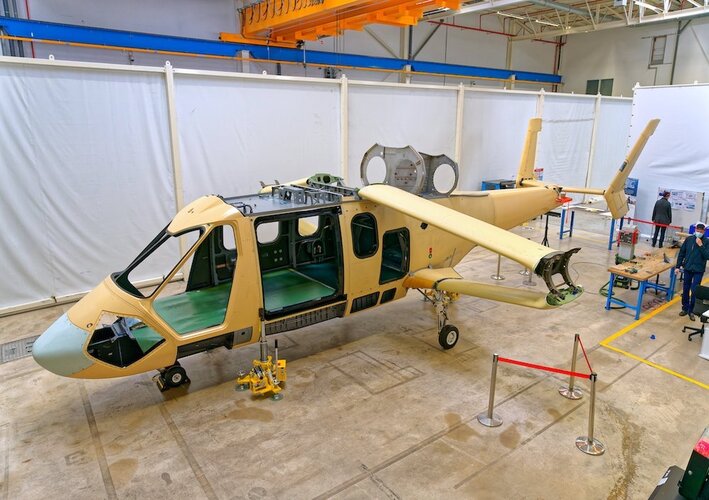
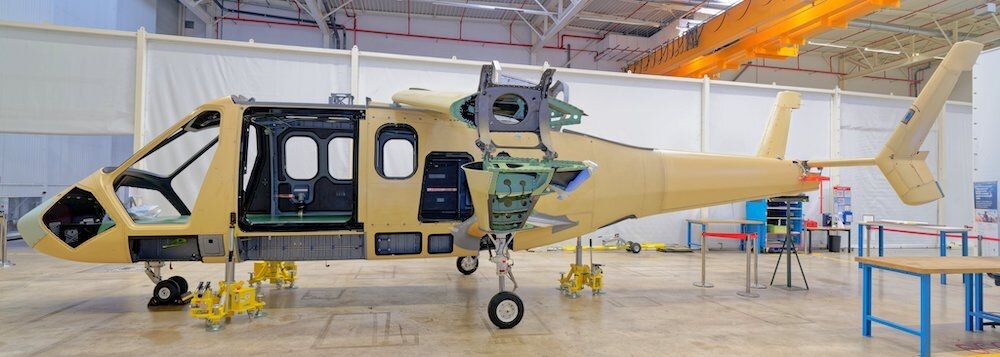


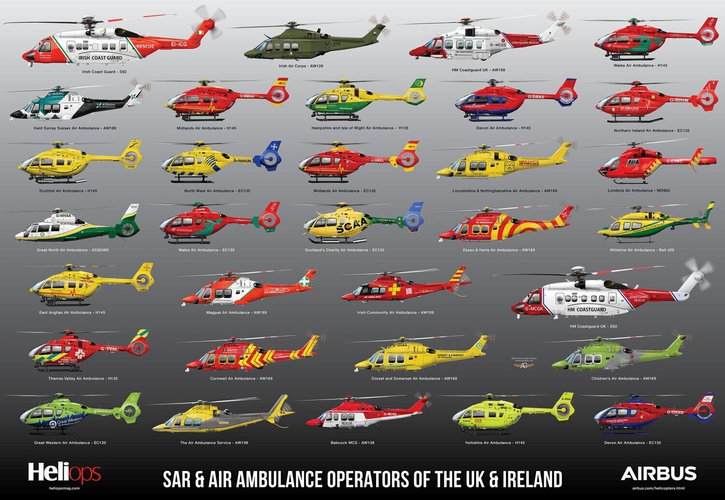



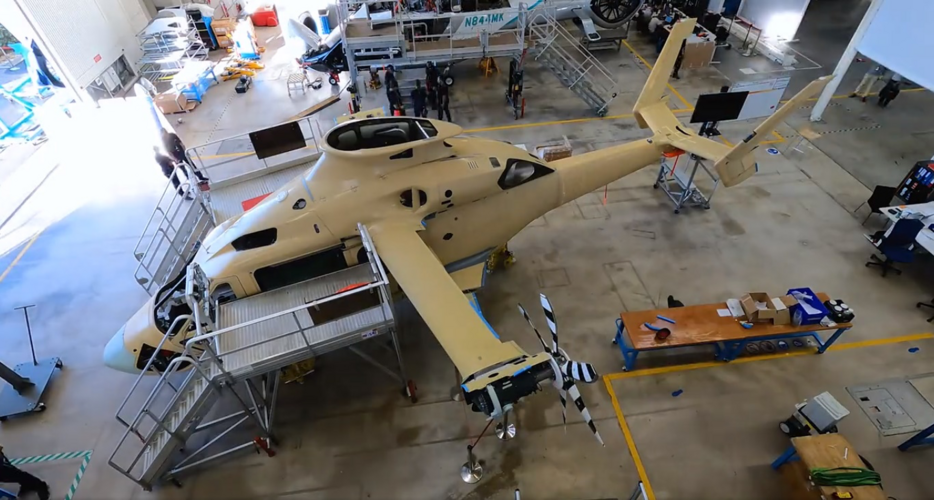
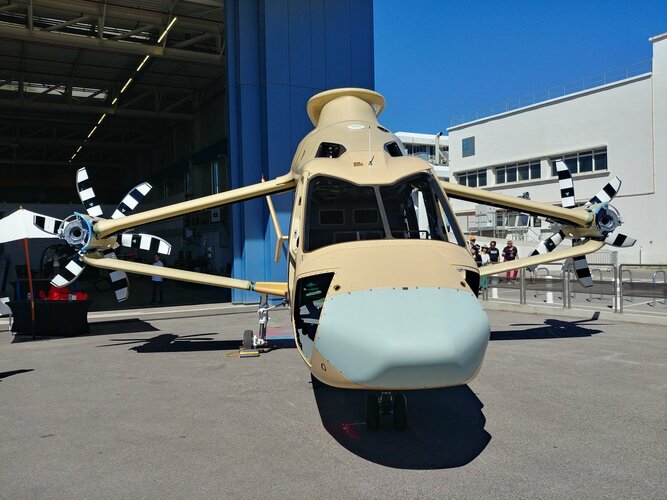
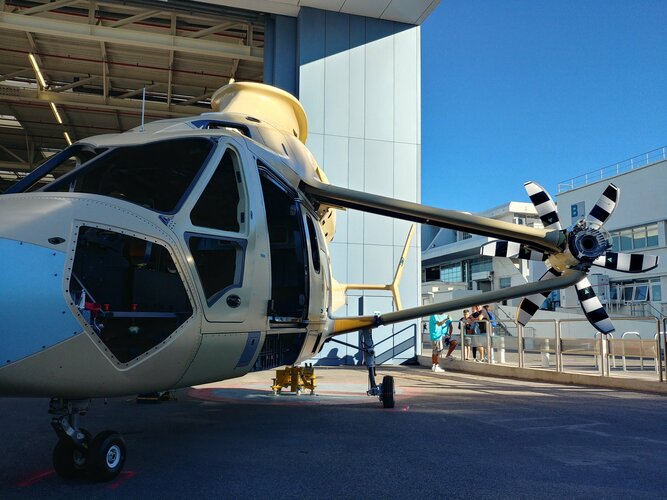
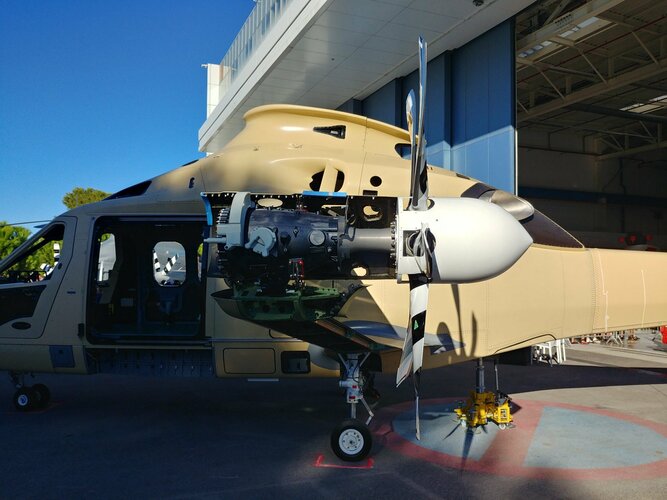
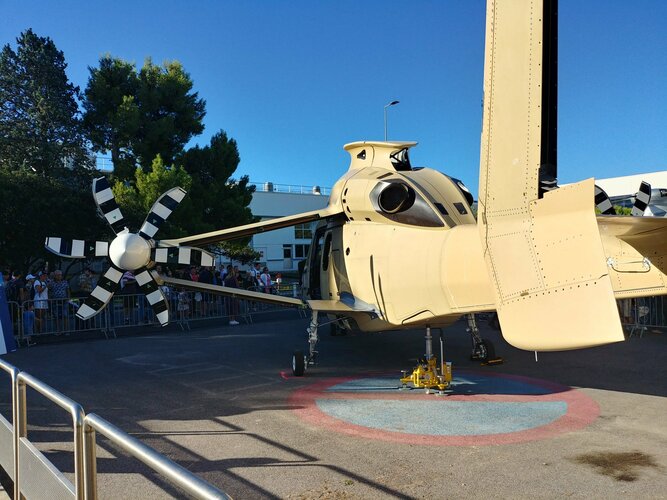


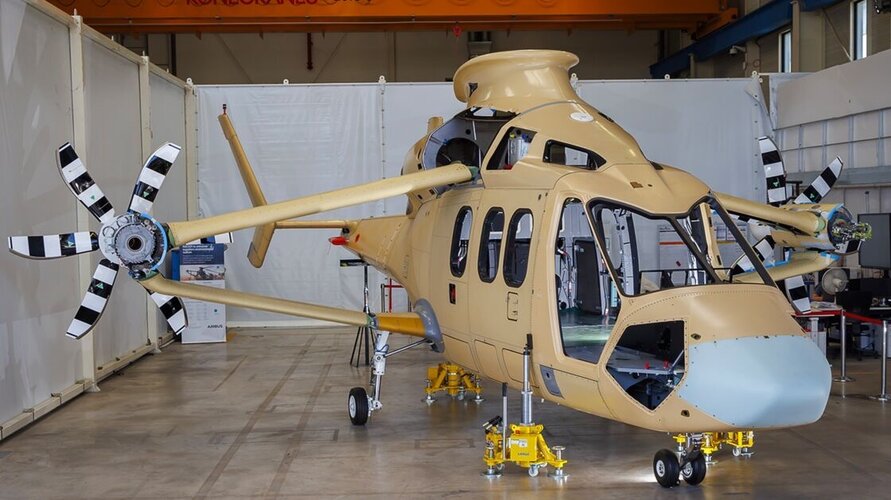
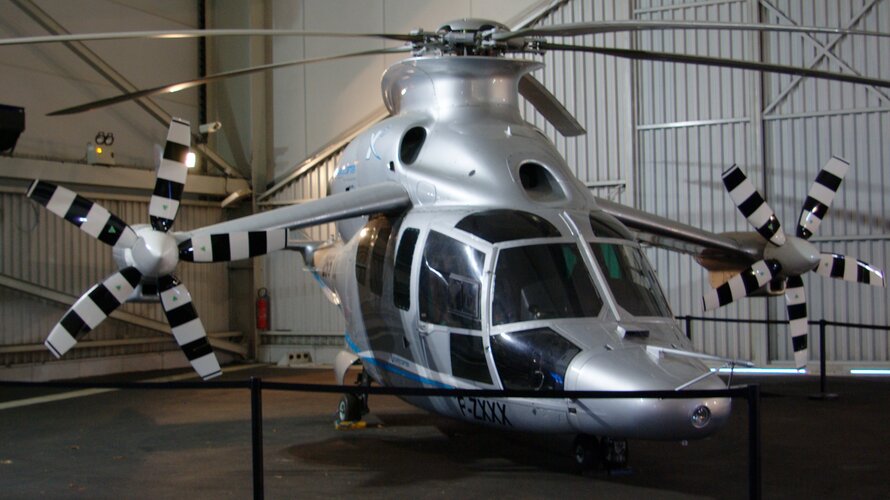
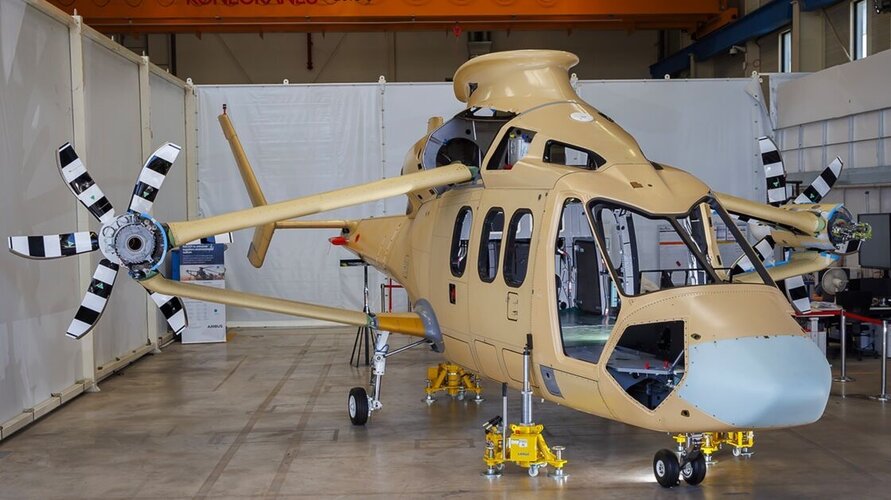


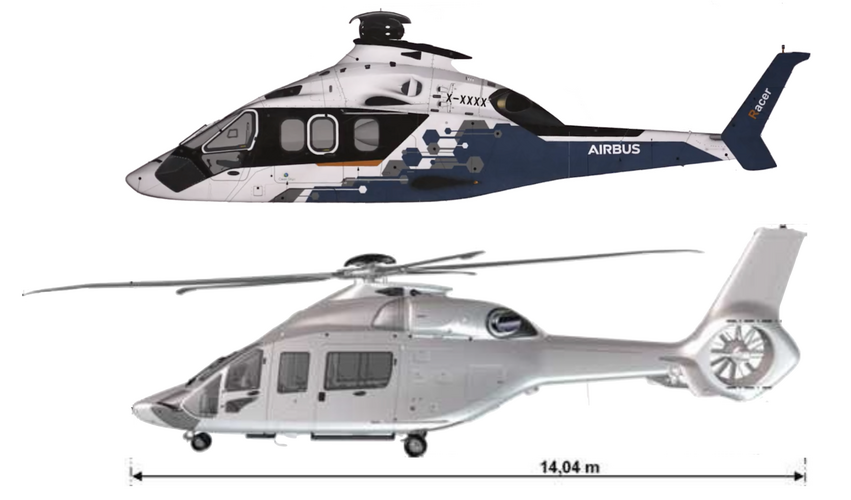


![main-qimg-a89c3740f924d1d228c0ab18e669b6cd-pjlq[1].jpg main-qimg-a89c3740f924d1d228c0ab18e669b6cd-pjlq[1].jpg](https://www.secretprojects.co.uk/data/attachments/255/255665-e8afc4e163796d93ed196b5eaf4e27d9.jpg)